Conspicuous consumption is everywhere, yet it’s surprising how little we know of our own shopping habits. The word myth suggests something fantastical and unbelievable – like Jack and the Beanstalk – or an urban legend like McDonald’s manufacturing chicken nuggets out of pink slime. After studying the behaviour of 1,500 clothes and footwear shoppers, Harvard Business Review has concluded we’re as clueless about our own retail habits as we are about what happens behind the counters of fast food joints.
MYTH ONE: SHOPPING ONLINE IS A TIME-SAVER
A trip to Oxford Street may take a whole day, but research suggests that shopping online actually takes longer. Take into account how many websites you browse (Net-A-Porter Topshop, Farfetch…) and when (lunch breaks, the commute, etc.) and then consider how many physical stores you visit and how often before making a purchase in a bricks-and-mortar retailer. While digital browsing and shopping may offer convenience it’s likely that the whole process is longer. Consider your next trip to Westfield justified!
MYTH TWO: THE LABEL DOESN’T MATTER
We like to think that we aren’t sartorial snobs, that our trend nous allows us to see past that designer label. Yet the study revealed that direct-to-consumer stores and websites (i.e. any shop that stocks a single label) generates 86% more money than multi-brand retailers. Sorry ASOS but it seems we’d rather go directly to Nike for those shiny new sneakers.
MYTH THREE: WE LOVE NEWNESS
They say history repeats itself and that’s quite literally true with our shopping habits. Sure new trends seem exciting and alluring, but in reality, we’re mining shops for pieces we already own or very similar items. Researchers found that 83% of shopping journeys are repeat purchases. Sure, basics like jeans and plain t-shirts and necessary buys like gym wear make up a substantial amount of repeat purchases, but who could have guessed it was this much
Shop: Grazia's Holiday Wardrobe Wishlist
Grazia: holiday wardrobe wishlist slider
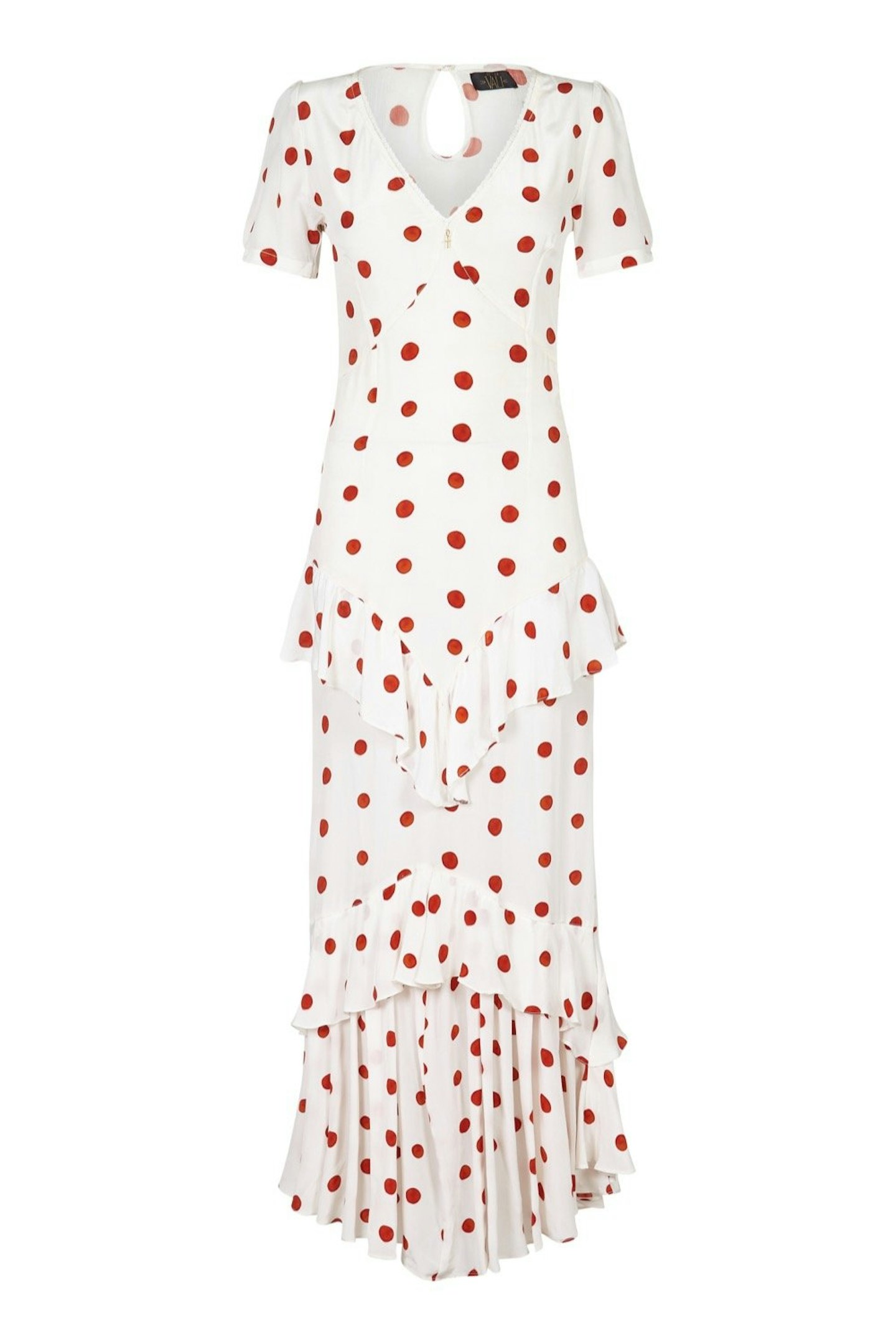 1 of 25
1 of 25De La Vali, Juliette Dress Polka Dot, £625
 2 of 25
2 of 25Zara, Shiny Multi-Strap Sandals, £29.99
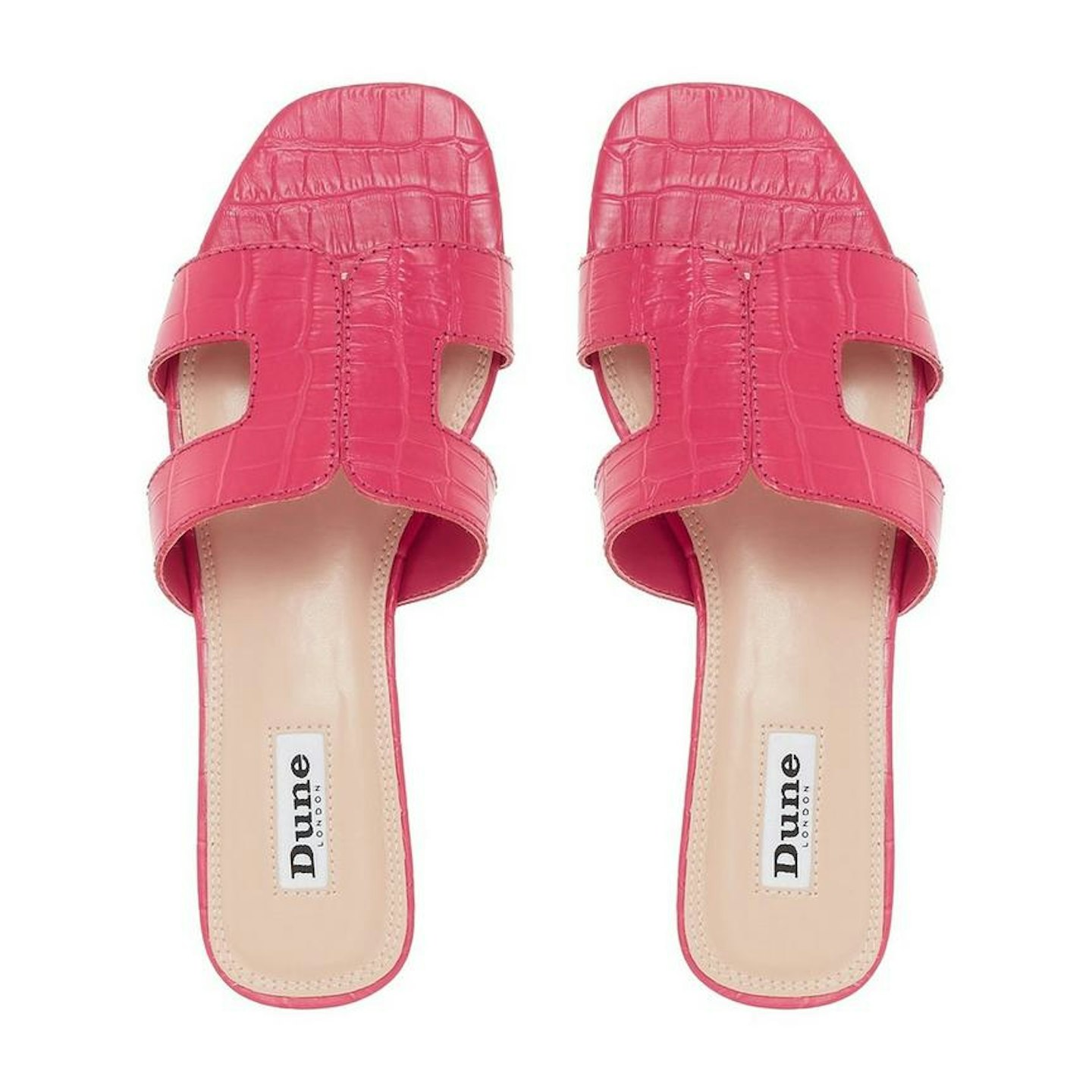 3 of 25
3 of 25Dune, Smart Slider Sandal, £80
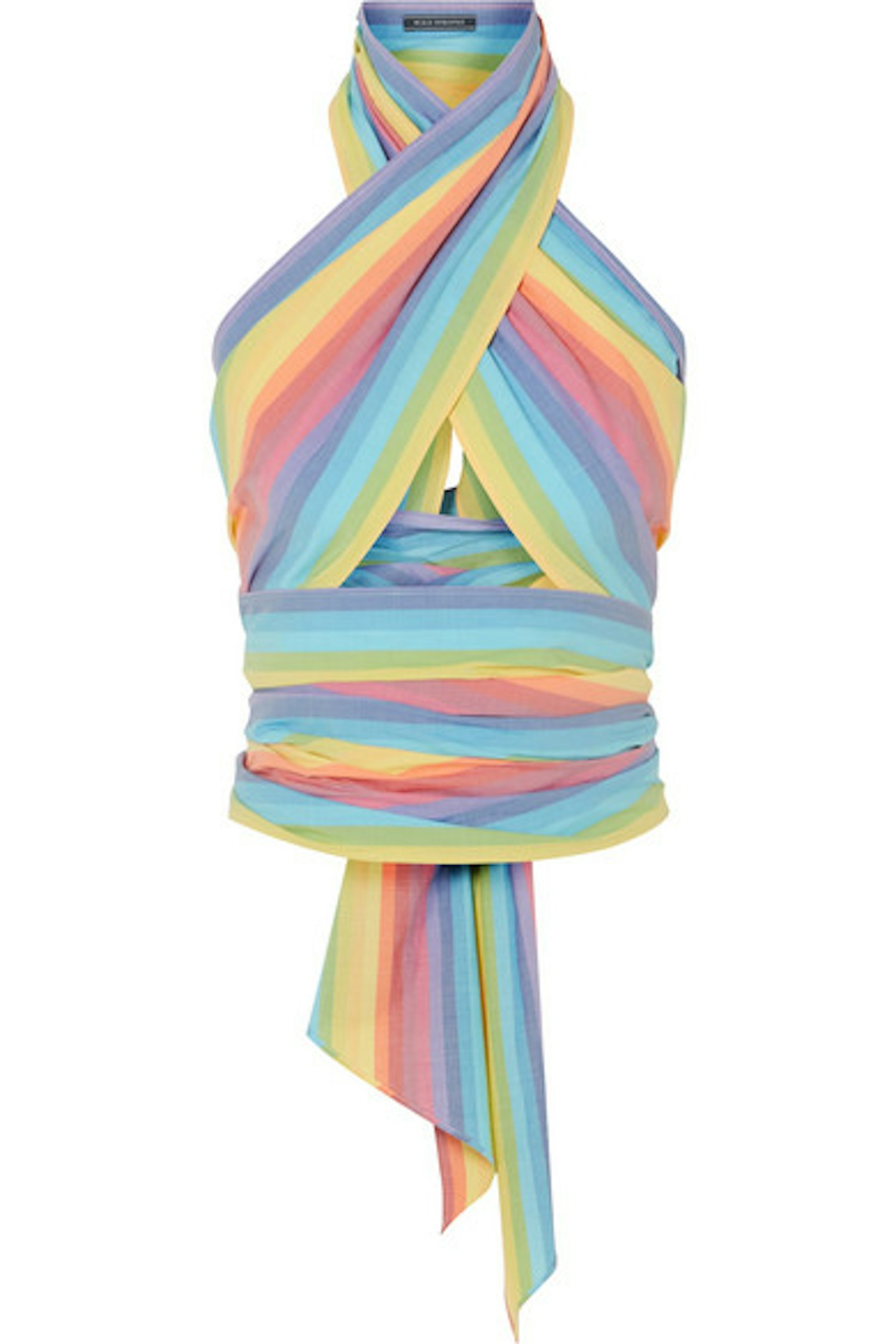 4 of 25
4 of 25MDS Stripes, Everything Cropped Striped Cotton-Poplin Wrap Top, £140, Net-A-Porter
 5 of 25
5 of 25Miaou, Greta Shorts, £243.46, Shopbop
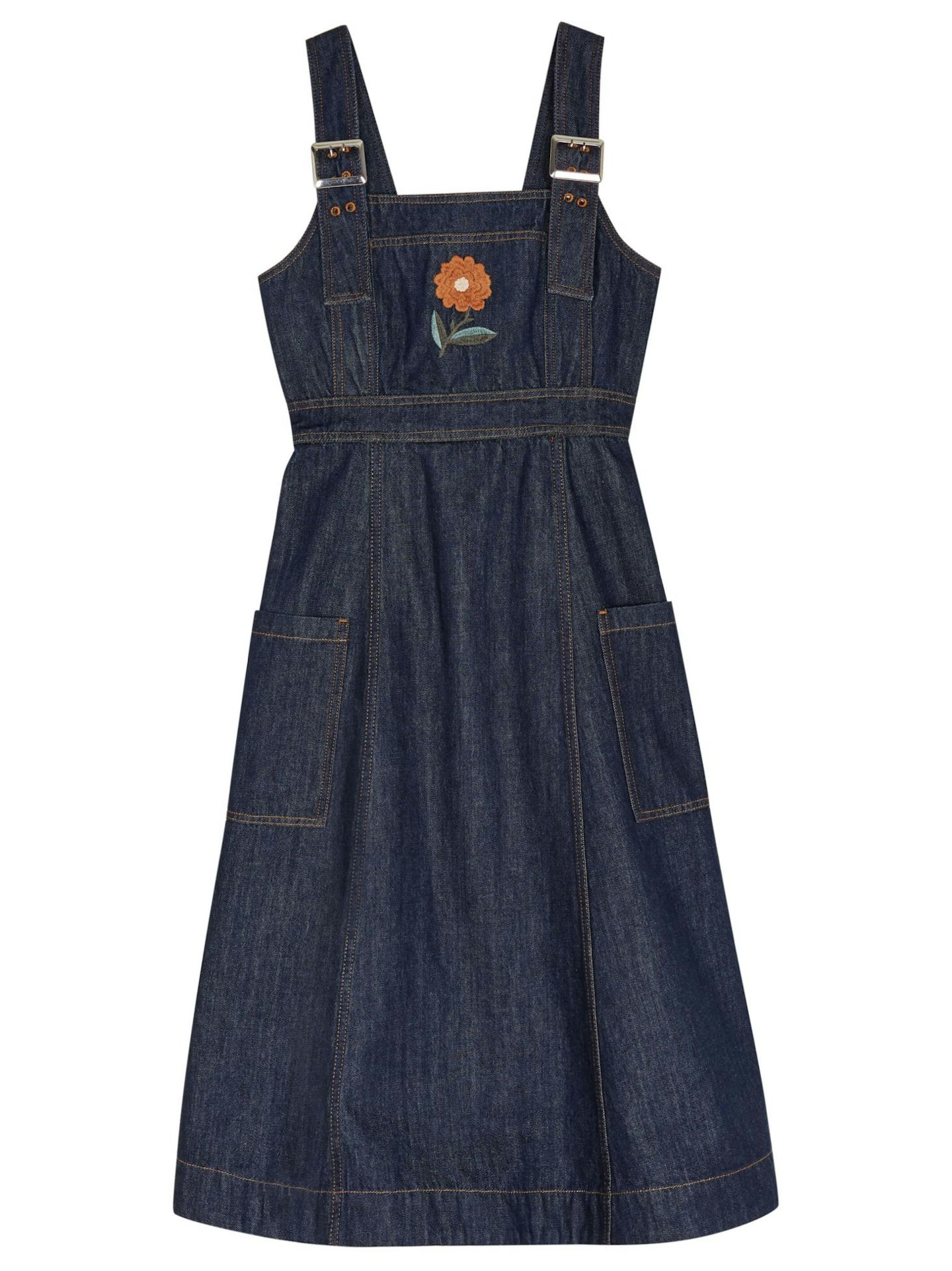 6 of 25
6 of 25ALEXACHUNG, Midi Apron Dress, £340
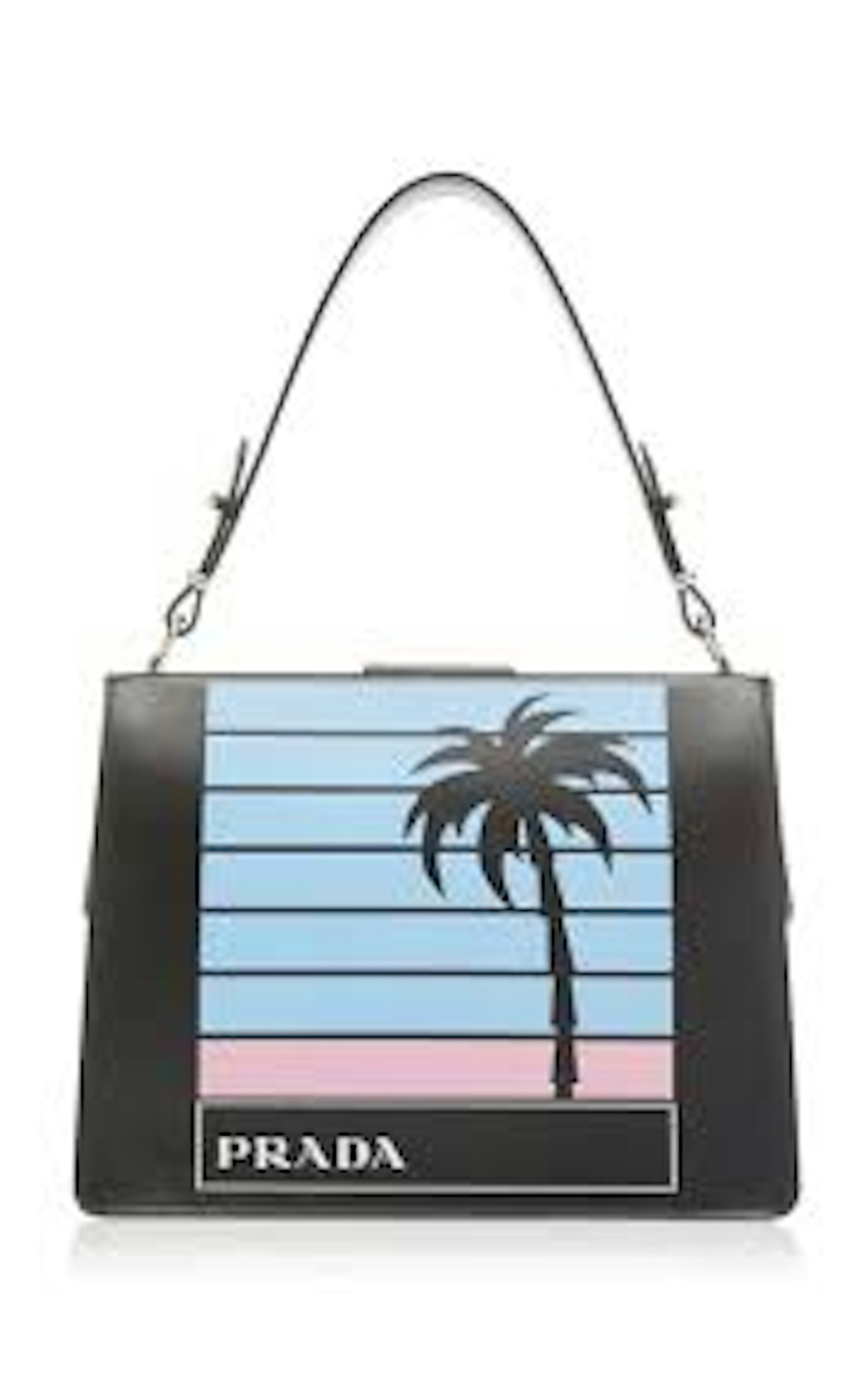 7 of 25
7 of 25Prada, City Calf Top Handle With Single Palm, £1,998,, Moda'Operandi
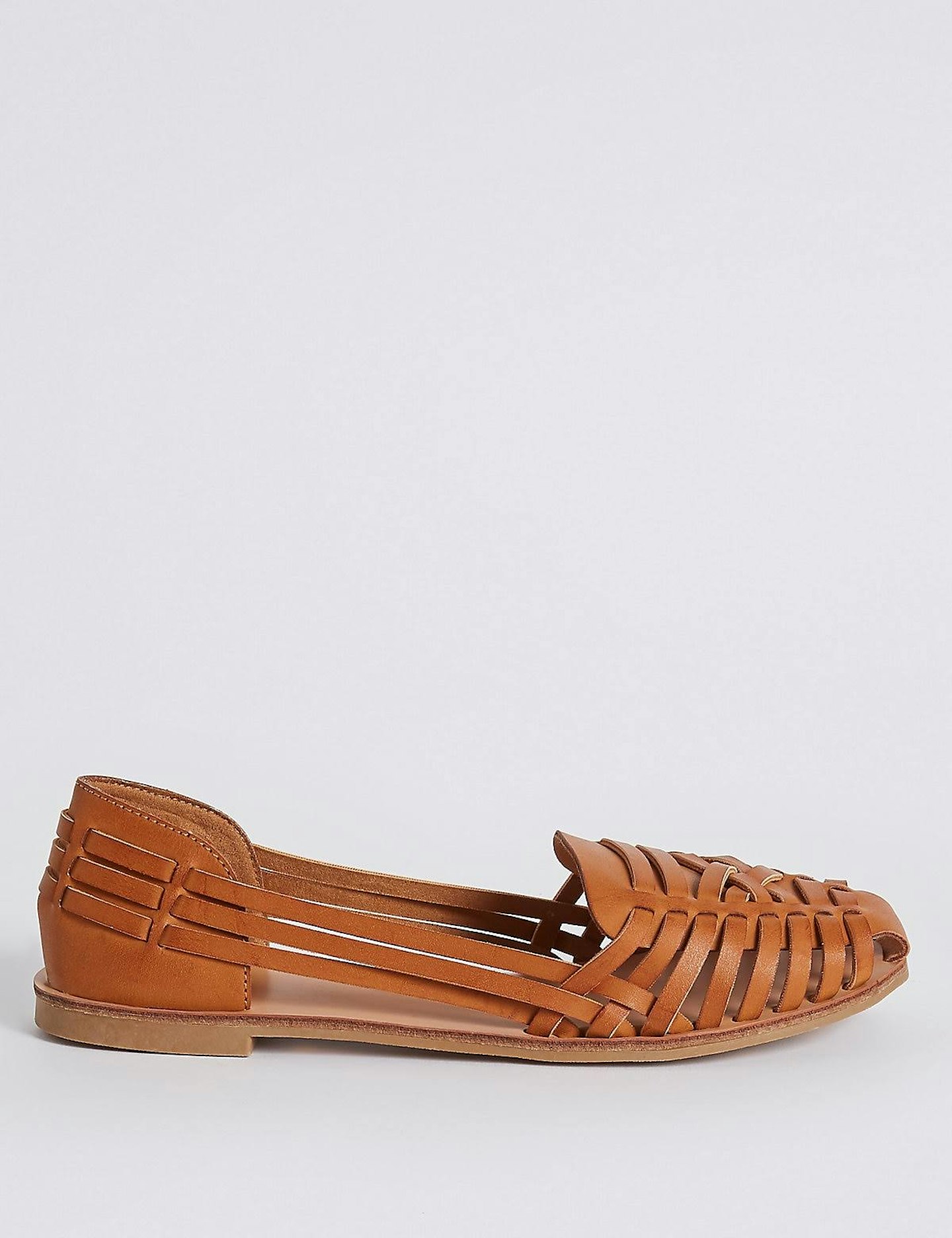 8 of 25
8 of 25M&S Collection, Woven Pumps, £25
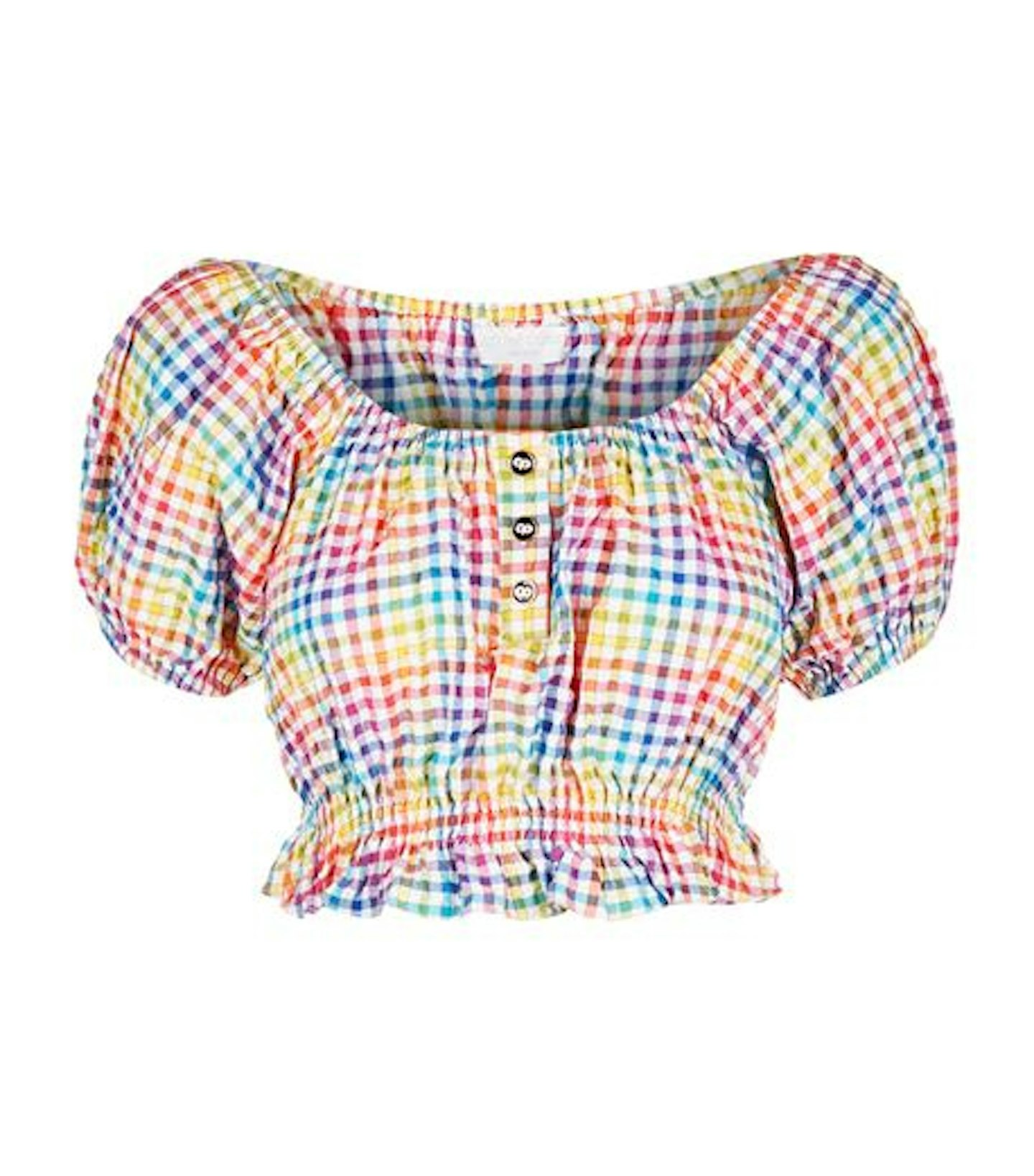 9 of 25
9 of 25Caroline Constas, Bardot Gingham Crop Top, £296, Harrods
 10 of 25
10 of 25Paper London, Bay Linen-Blend Dress, £385, Selfridges
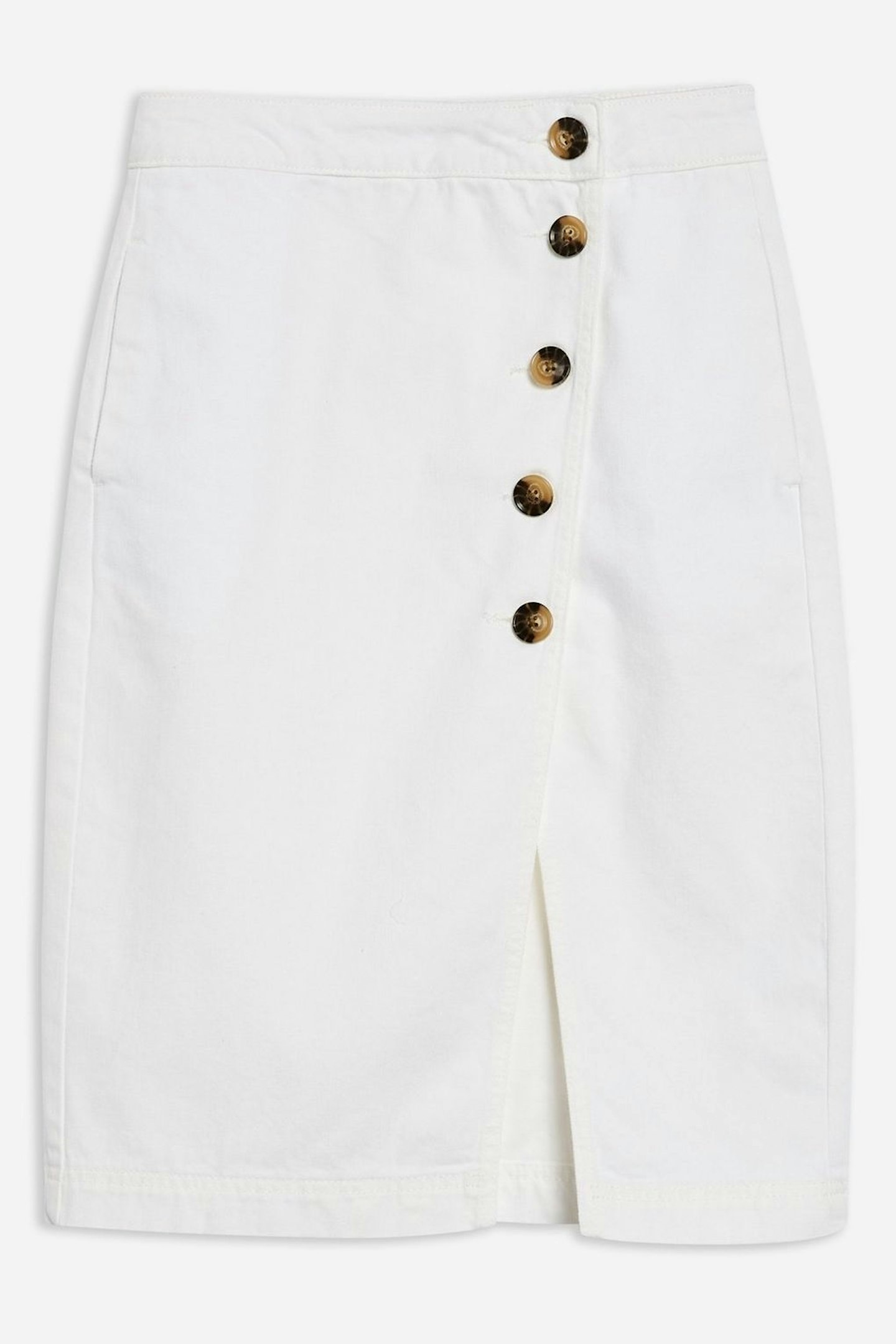 11 of 25
11 of 25Topshop, White Horn Midi Skirt, £36
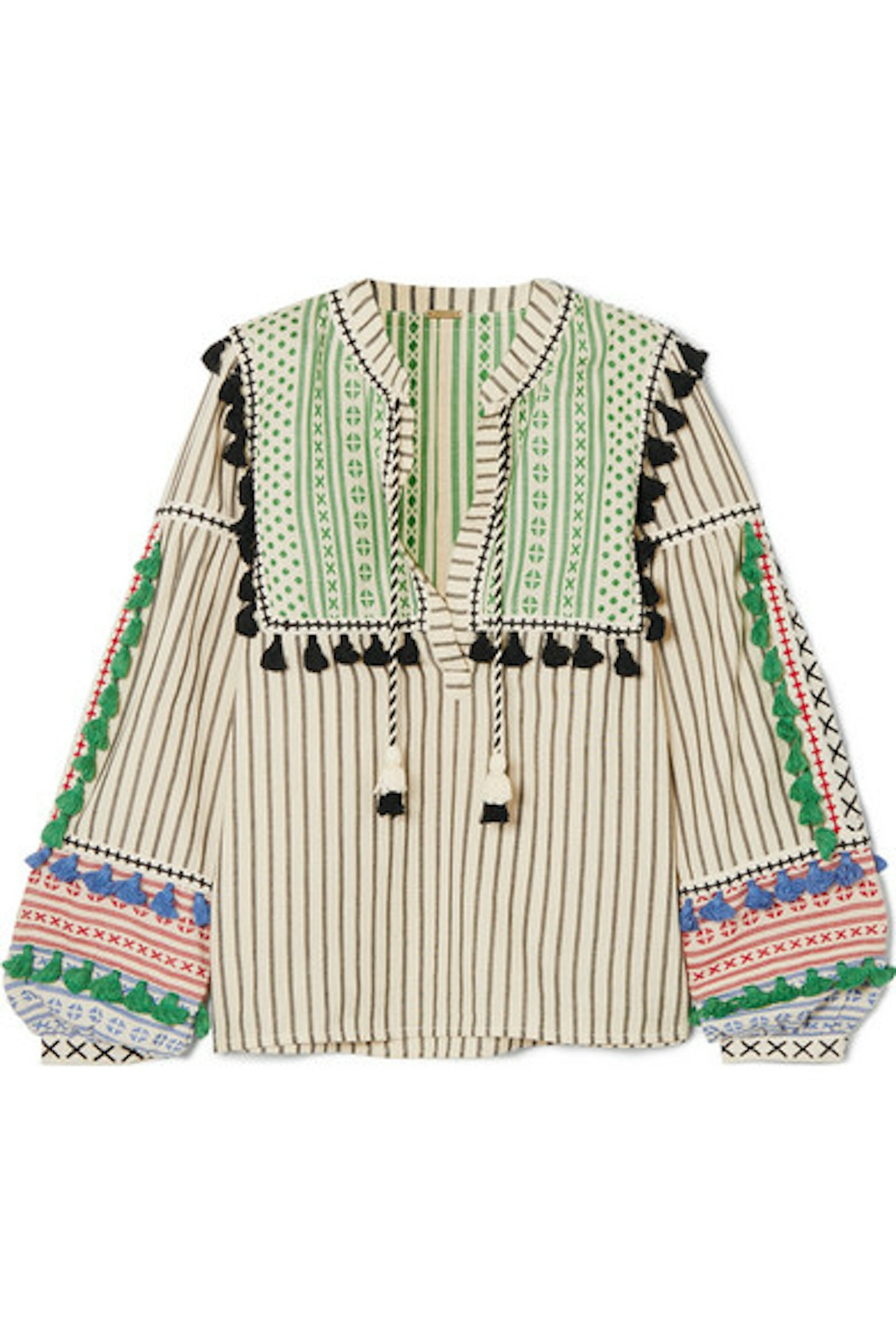 12 of 25
12 of 25Dodo Bar Or, Tassled Striped Cotton-Gauze Blouse, £230, Net-A-Porter
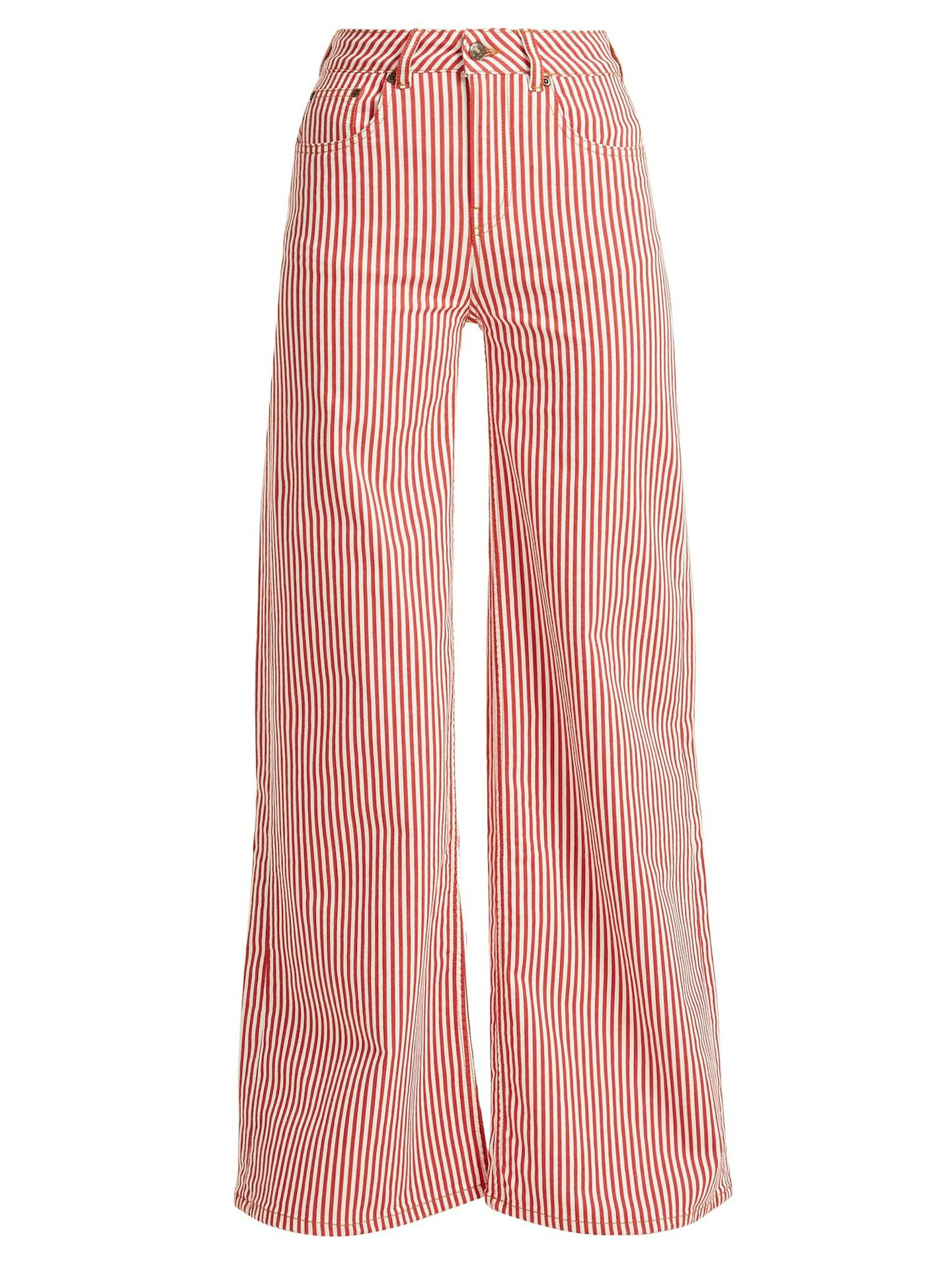 13 of 25
13 of 25Rockins, Mega Loon High-Rise Striped Jeans, £225
 14 of 25
14 of 25Raey, Wide-Leg Jeans, £145, Matchesfashion.com
 15 of 25
15 of 25ASOS Design, Midi Mixed Print Pretty Tea Dress, £42
 16 of 25
16 of 25Mango, Acetate Frames, £17.99
 17 of 25
17 of 25Susan Alexandra, The Parfait Bag, £184
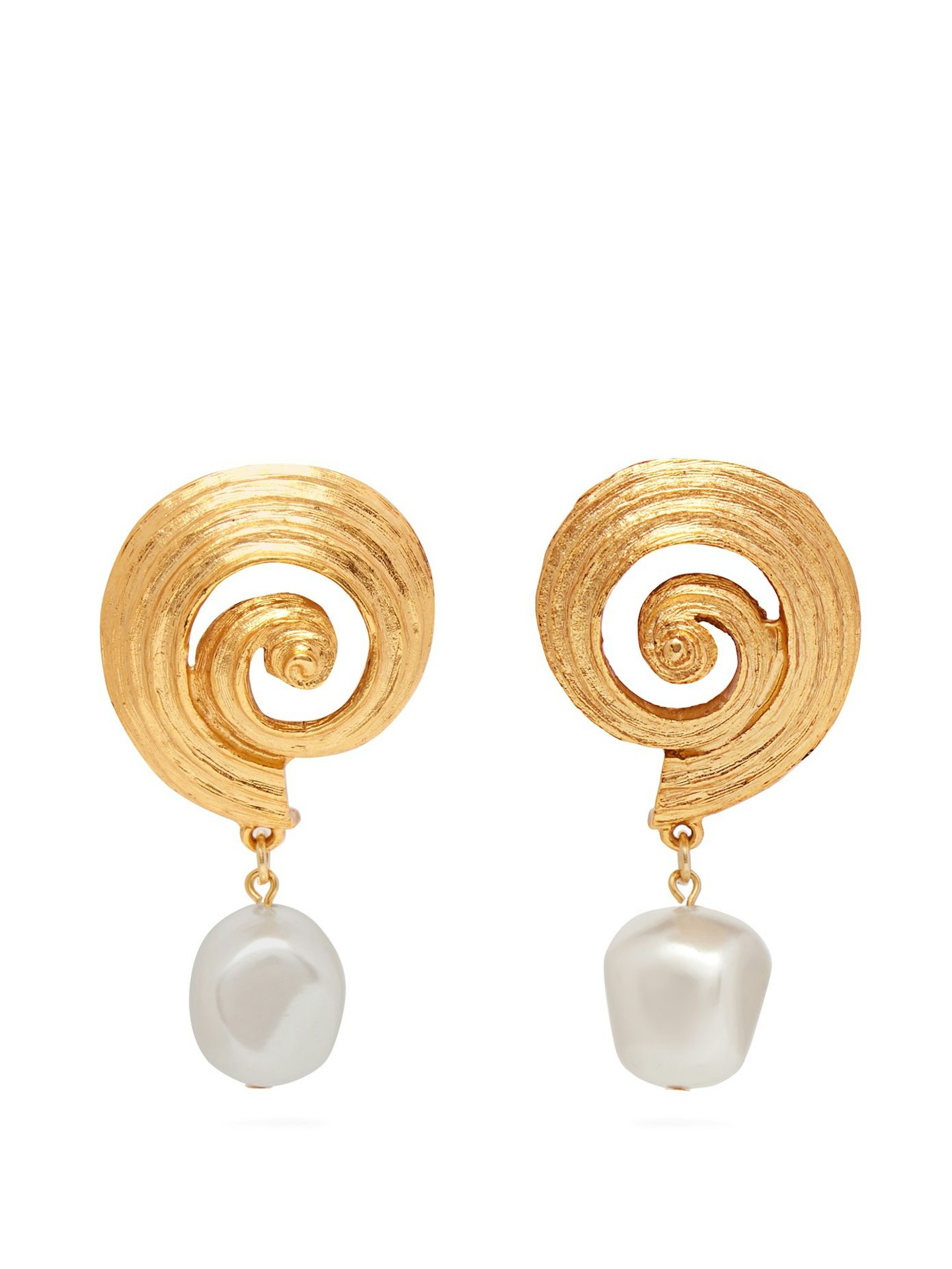 18 of 25
18 of 25Oscar De La Renta, Shell And Faux-Pearl Earrings, £228
 19 of 25
19 of 25Balenciaga, Paris Acetate Cuff, £445, Matchesfashion.com
 20 of 25
20 of 25Grazia, Morpheus Sunglasses, £79
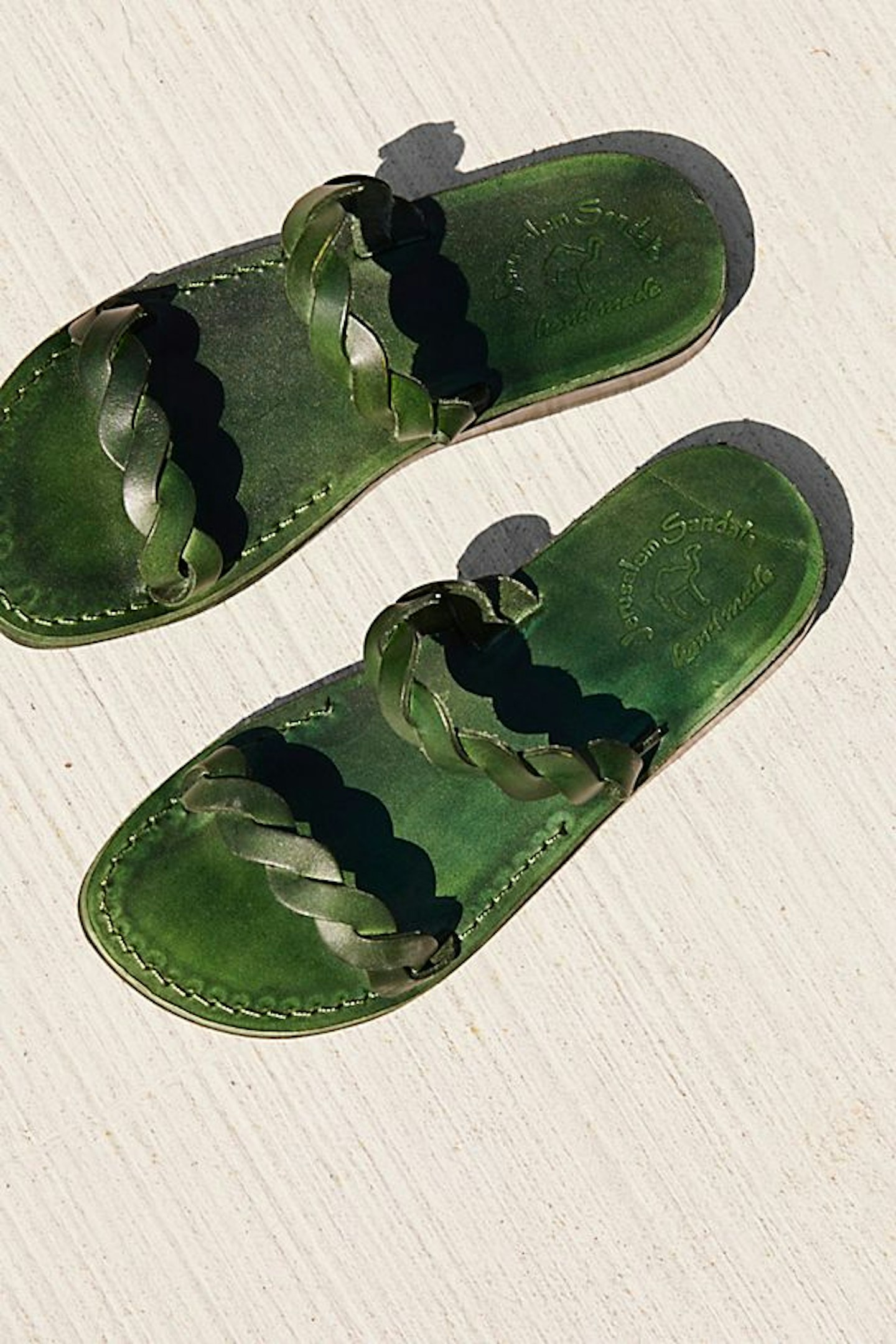 21 of 25
21 of 25Free People, Jet Setter Sandal, £68
 22 of 25
22 of 25Ganni, Bluebell Jacket, £220
 23 of 25
23 of 25Ellery, Rosalind Gold-Plated Resin And Shell Earrings, £320, Matchesfashion.com
 24 of 25
24 of 25Sandro, Silk Top With Fine Straps, £199
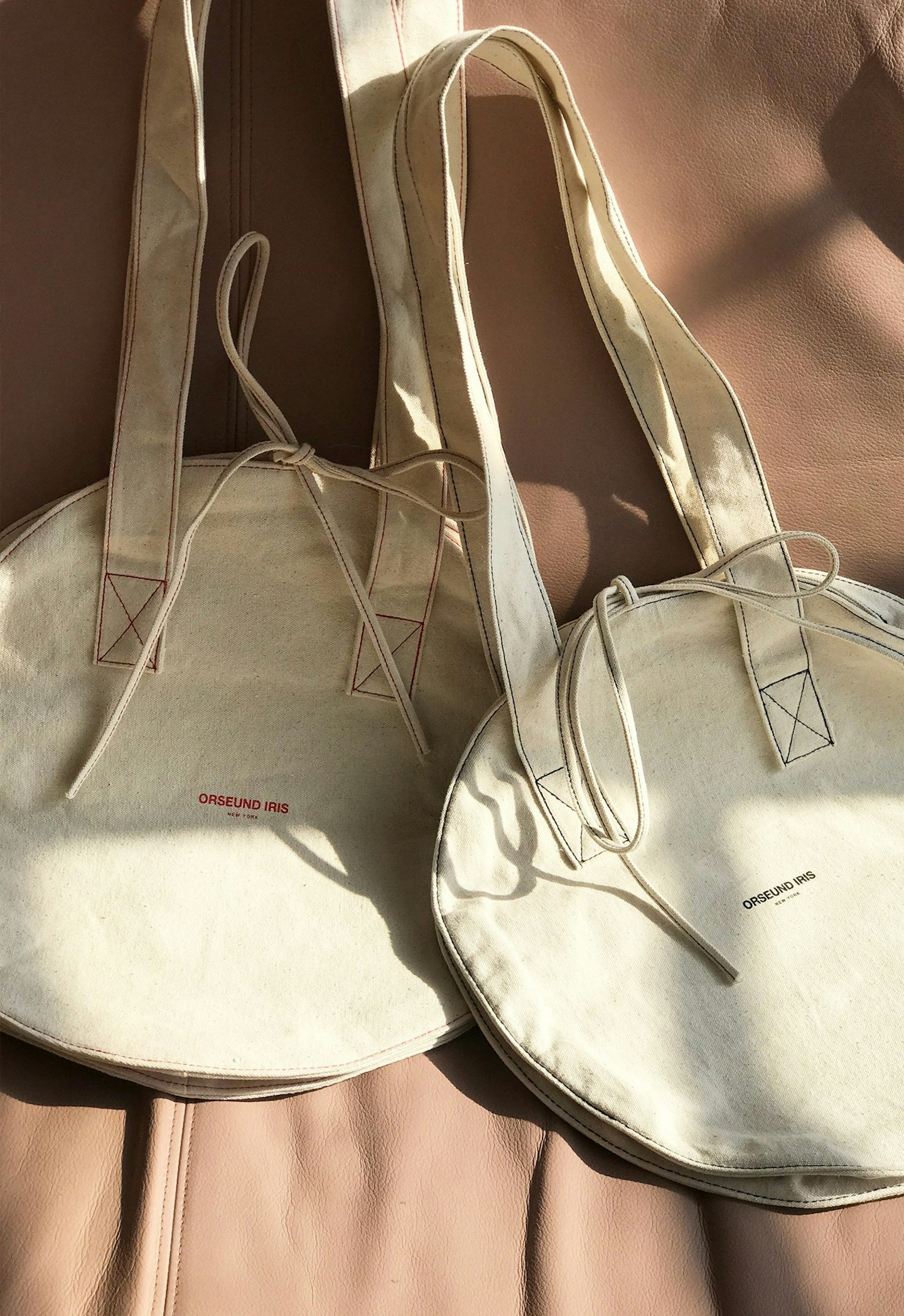 25 of 25
25 of 25